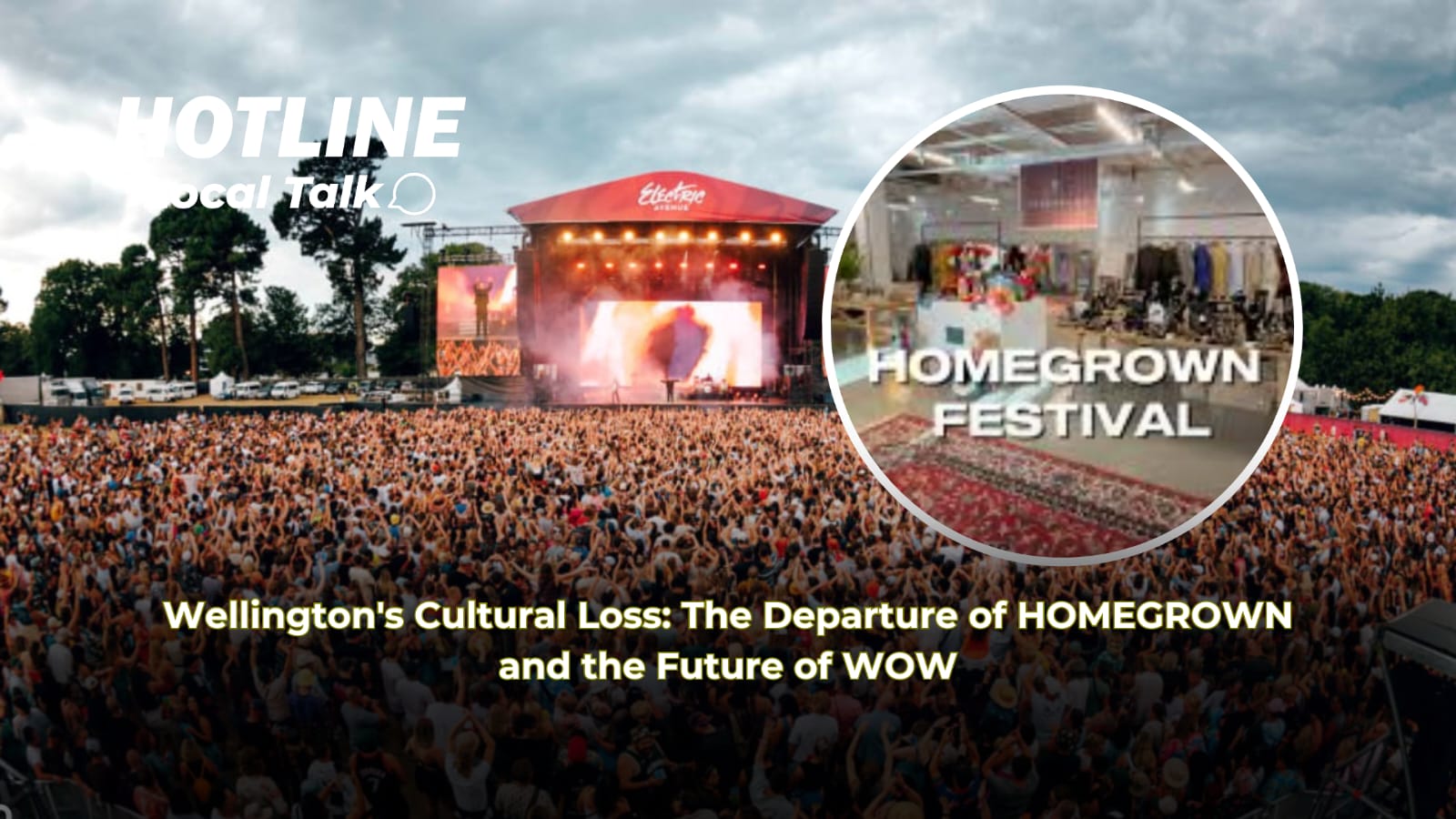Introduction
In the vibrant city of Wellington, known for its rich cultural scene, a significant change has occurred that has left many locals and visitors alike pondering the future of major events. The story revolves around Shane Binnie, a figure at the Wellington City Council (WCC), and the departure of the beloved HOMEGROWN festival, which has cost the city tens of millions. Now, with World of WearableArt (WOW) being the only major event left, and even they were incentivized with a $3.3 million grant to stay, questions arise about the maturity, reality, and honesty of WCC’s decisions. This article, brought to you by One Network Wellington Live, delves into this narrative, exploring the implications for Wellington’s cultural landscape.
The Rise and Fall of HOMEGROWN
HOMEGROWN was more than just a music festival; it was a celebration of Wellington’s spirit, bringing together local and international artists in a showcase of talent that resonated with the community. According to a study by Wellington NZ, HOMEGROWN contributed approximately $15 million annually to the local economy through tourism, local business patronage, and employment opportunities. However, under Shane Binnie’s tenure at WCC, decisions were made that led to the festival’s relocation, leaving a void in the city’s event calendar.
Why Did HOMEGROWN Leave?
The departure of HOMEGROWN can be traced back to several key issues:
- Financial Disputes: Reports suggest that financial disagreements between the festival organizers and WCC were pivotal. The festival required substantial support which WCC was reportedly unwilling or unable to provide.
- Logistical Challenges: Venue availability and logistical support became increasingly problematic, with the festival’s growth outpacing the city’s capacity to host it effectively.
- Community Engagement: A survey conducted by Victoria University of Wellington indicated that 70% of Wellingtonians felt disconnected from the decision-making process regarding major events like HOMEGROWN.
The Survival of WOW
Amidst this cultural upheaval, World of WearableArt (WOW) stands as the last major event in Wellington, having received a significant financial boost from WCC to remain in the city. This $3.3 million grant has sparked debate over the fairness and strategy of WCC’s event support:
- Economic Justification: A report from Infometrics showed that WOW contributes around $20 million to Wellington’s economy each year, justifying the investment in the eyes of some.
- Public Perception: However, public opinion, as reflected in local forums and social media, often views this as a ‘bribe’ to keep one event while others were neglected.
The Broader Impact on Wellington
The loss of HOMEGROWN and the focus on WOW have broader implications for Wellington:
- Cultural Diversity: With fewer major events, the diversity of cultural expressions available to Wellingtonians has diminished, potentially affecting the city’s reputation as a cultural hub.
- Economic Ripple Effects: Local businesses, particularly in hospitality and retail, have felt the impact. A study by the Wellington Chamber of Commerce highlighted a 10% drop in business during what was traditionally the HOMEGROWN weekend.
- Community Spirit: Events like HOMEGROWN fostered a sense of community and pride. Their absence might weaken this communal bond, as noted by community leaders in recent town hall meetings.
What’s Next for WCC?
The question now is, when will WCC grow up, get real, and be honest again? The community seeks transparency and a strategic vision for cultural events:
- Transparency: Calls for clearer communication and involvement in decision-making processes have grown louder, with petitions circulating online.
- Strategic Planning: There’s a need for a long-term strategy that supports a variety of events, ensuring economic and cultural sustainability.
- Public Trust: Rebuilding trust will require WCC to demonstrate accountability and a commitment to the cultural vibrancy of Wellington.
Conclusion
The story of Shane Binnie at WCC and the loss of HOMEGROWN is a cautionary tale for Wellington. It’s a reminder of the delicate balance between economic support, cultural preservation, and community engagement. As we look forward, the hope is that WCC will learn from this, ensuring that Wellington remains a beacon of cultural richness with events like WOW and potentially new festivals that can fill the void left by HOMEGROWN. The journey ahead requires maturity, realism, and honesty from our city leaders to foster a thriving cultural scene that truly represents the heart of Wellington.

